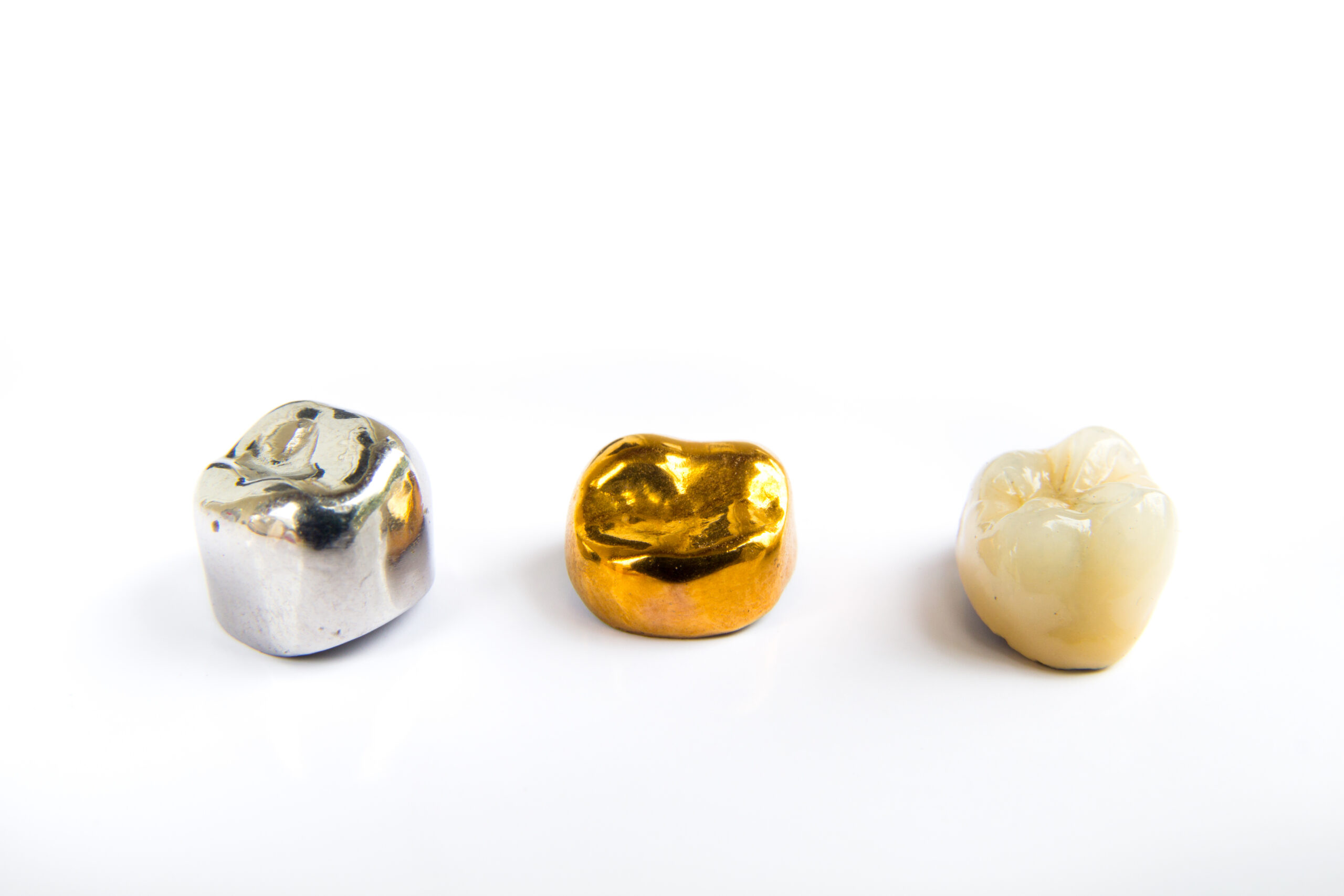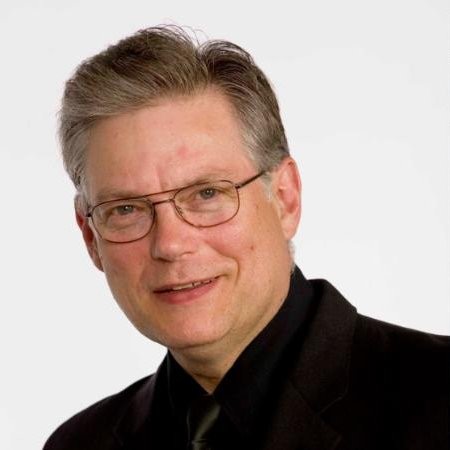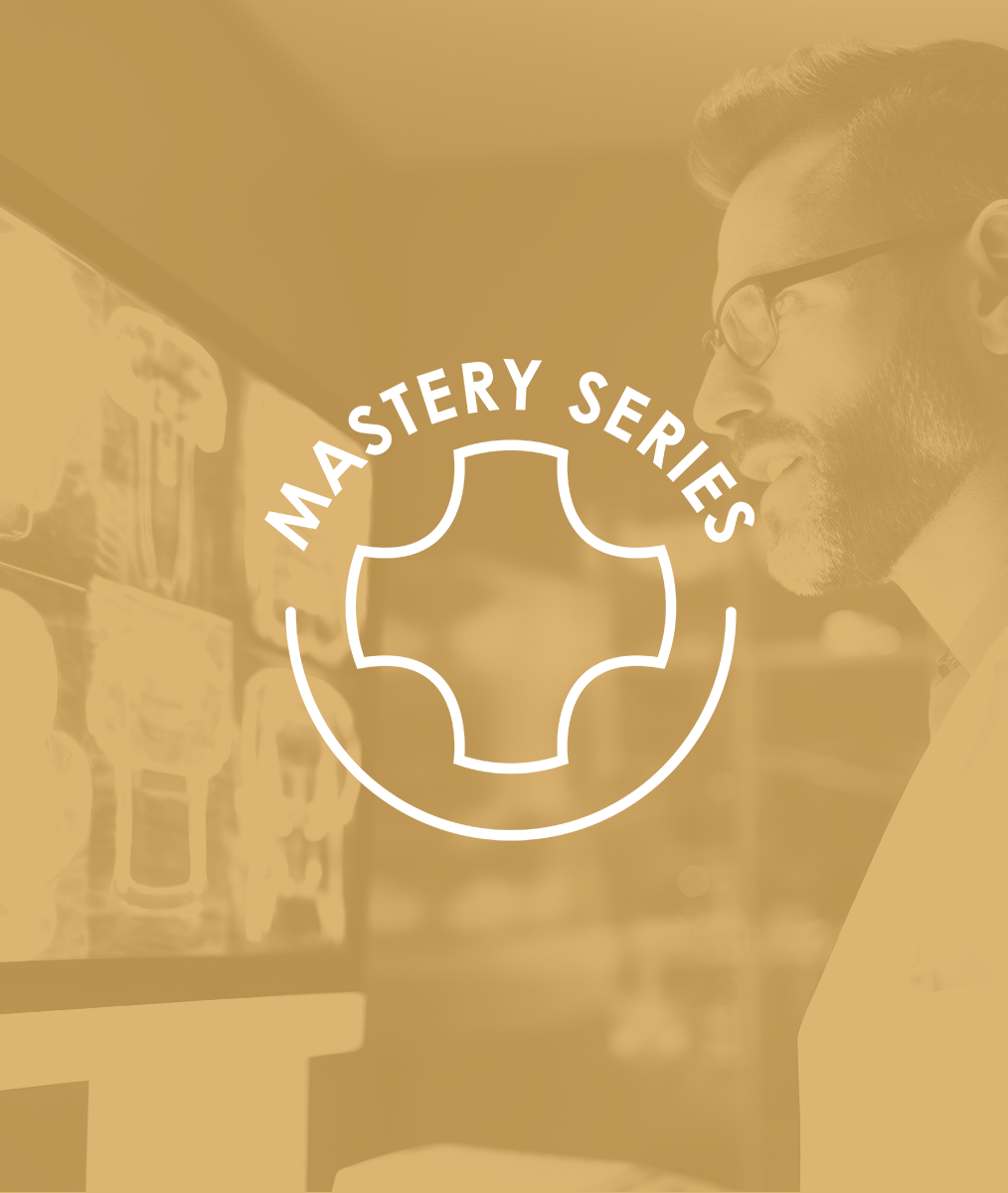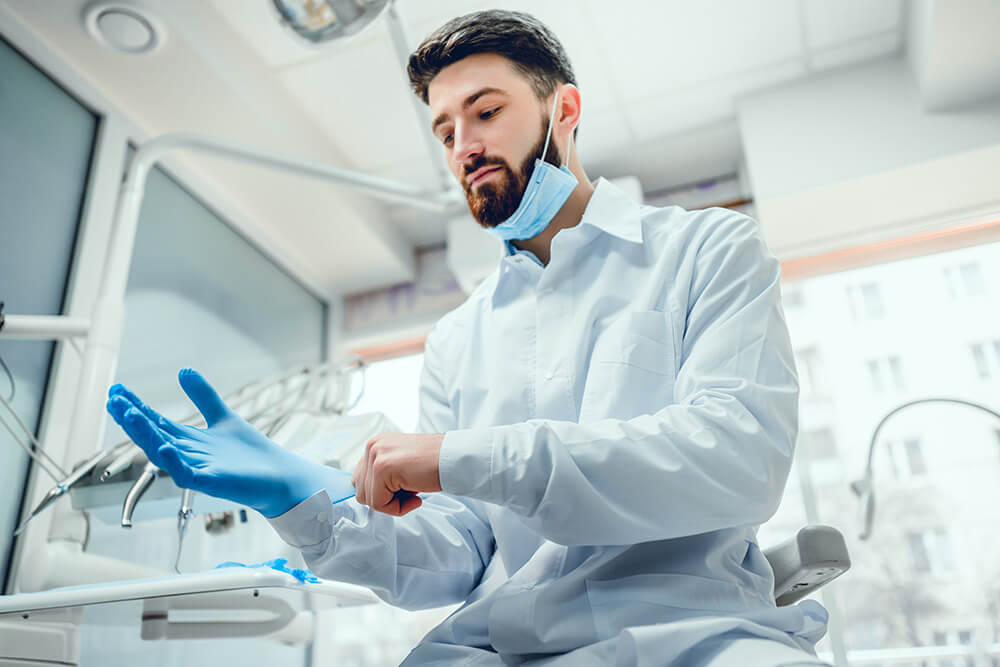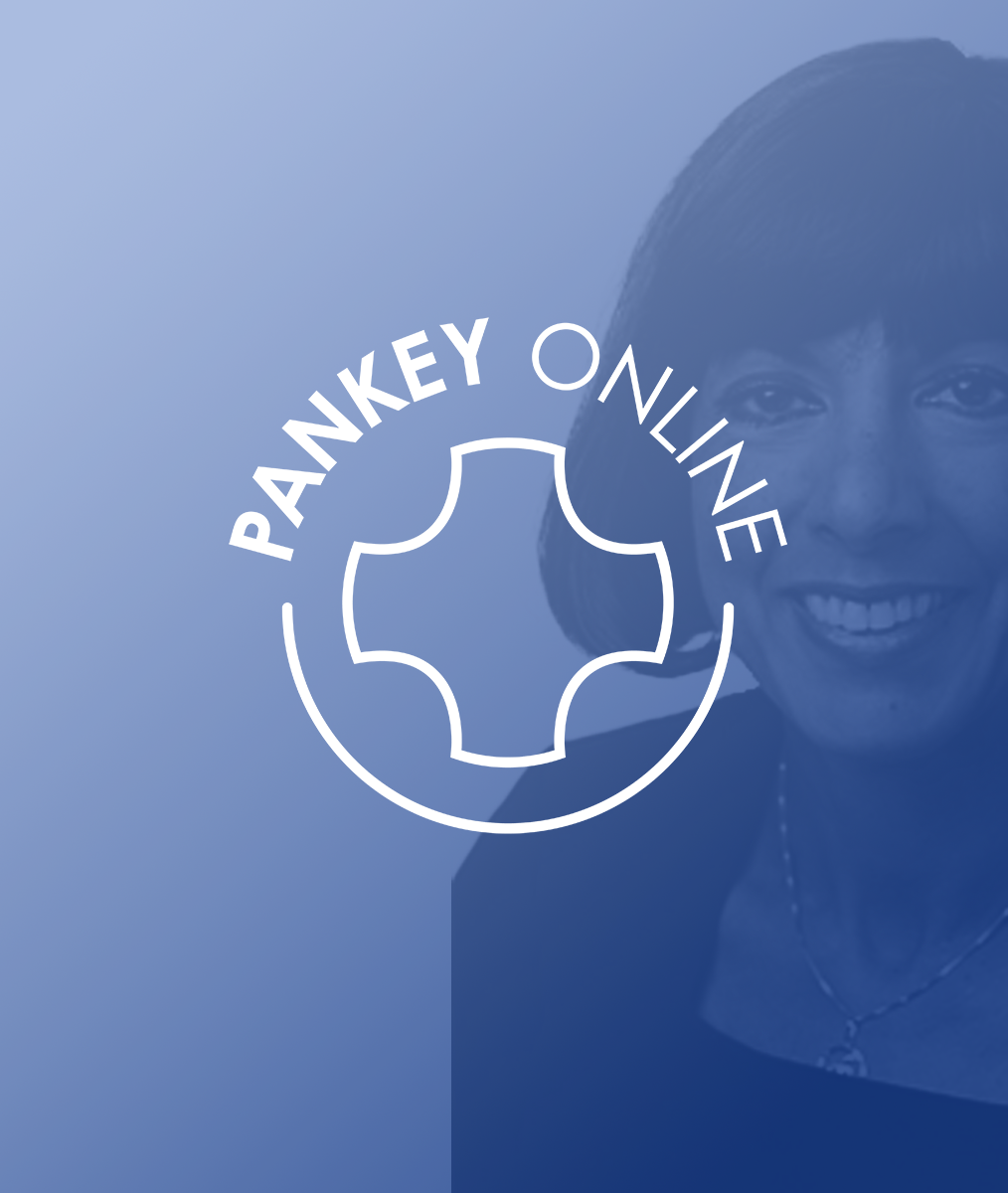“Provisional” Versus “Temporary”
Kelley Brummett, DMD
After you do a crown preparation, do you tell your patients that you’re going to make them a temporary or a provisional?
Provisionals are more than temporary restorations. They are part of a process. They’re the dress rehearsal to the final outcome. They are the prototypes for the final restorations.
The “provisional” process is an opportunity to gain trust with the patient while modifying the length of teeth, the shape, or the color. It is also a way to communicate with the patient how their functional and parafunctional findings may have contributed to the destruction of their teeth.
As the patient comes back to have their bite checked and to talk about what they like and don’t like, we are building trust. We’re involving them in understanding what they feel and think. We’re listening to improve their conditions.
I’ve had patients who were fearful about moving forward with extensive treatment because they couldn’t envision the transition from the prep appointment to the final. What would those temporaries look like? What would they feel like? How would they function?
So, when I am discussing a case with a patient, provisionals are all part of one treatment fee. We talk about the prep process, the provisional process, the lab process, and the final seating process—all as one process for which there is a fee. We discuss how the provisionals will guide us in optimizing the lab plan to achieve the desired comfort, function, and aesthetics.
Whether it’s a single tooth or whether it’s multiple, I encourage you to help the patient understand that what you are providing in the interim between a preparation and a seat of a restoration is called a “provisional.”
A provisional protects the underlying tooth structure. It keeps tissue in place. It helps the patient feel confident. It allows us to understand what might be going on functionally. It helps us communicate better with the lab. It’s more than a temporary restoration. It’s a guide on our journey toward predictable and appreciated relationship-based dentistry.
Related Course
Compromise to Co-Discovery: A Treatment Planning Journey
DATE: October 21 2025 @ 8:00 am - October 23 2025 @ 1:00 pmLocation: Online
CE HOURS: 21
Regular Tuition: $ 2995
Single Occupancy with Ensuite Private Bath (per night): $ 345
The Balance of Communication, Case Planning & Occlusion Dr. Melkers always brings a unique perspective to his workshops and challenges us to the way we think. At Compromise to Co-Discovery,…
Learn More>
